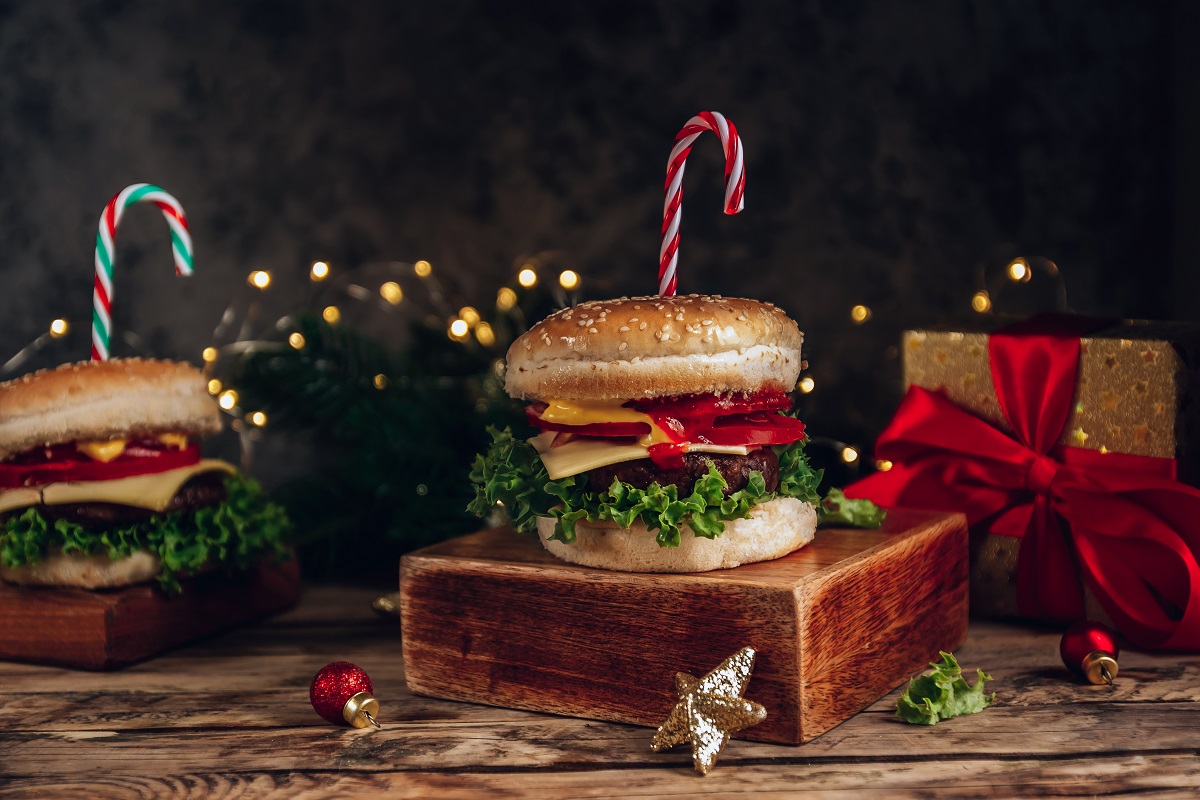Necklaces and diamond pendants are timeless fashion statement pieces. Because why not? They draw attention to the wearer’s face and enhance the beauty of any dress by folds.
Many Hollywood celebrities have worn them to grand ceremonies and proven that their bling is a showstopper for extravagant red carpets. Modern brides prefer investing in such pendants along with their wedding sets. Some receive them as a generational heirloom from their mothers or grandmothers. After all, they are a lady’s everlasting friends.
Whether you want to buy a pendant for yourself or as a gift for someone, you are in the right place. This section will provide a complete guide to diamond pendants, categorizing them based on lengths and styles. You will land yourself a couple of good options by the end.
Diamond Pendant and Necklace: What’s the Difference?
The terms pendants and necklaces are often interchangeably used. Therefore, most people are likely to mistake them for the same thing when they are not.
A necklace is something that one wears only around the neck and generally consists of a precious metal chain. The chain can be left plain or adorned with a series of linked gemstones.
On the other hand, a diamond pendant features a small hoop that attaches a tiny diamond piece to a chain that hangs down the wearer’s neck. Despite their simplicity, these elegant jewelry pieces have symbolized eternal love and values for ages. Besides, they look equally sophisticated with both casual and fancy attires.
What Do Different Diamond Settings Mean?
There is a wide variety of diamond pendants on the market. Here is our list of some famous and evergreen designs to choose from:
Bezel Pendant
An elevated metal collar completely edges the rim of the diamond in a classic bezel setting. The metal ring makes the pendant durable for everyday use, but you lose a little of the stone’s shine as it blocks some light.
Solitaire Pendant
A solitaire pendant features a small diamond in the center secured in prongs. These prongs hold the diamond in a way that maximum light enters it, thus creating a dazzling sparkle. For this reason, it is one of the most loved styles in pendants. Besides, this contemporary jewelry piece is perfect for every occasion, from an office meeting to a formal date night.
Channel Setting
This sleek diamond pendant features multiple diamonds sitting between a pair of metal strips. It is an excellent option if you want a trendy pendant with multiple stones.
Flushed Pendant Setting
As the name suggests, this design requires the stone to sit “flush” with the surface of the metal. For this style, the jeweler drills a hole in the metal and fixes the stone in it. Hence, the setting is secure as the stone does not fall or chip out easily. However, you cannot expect it to shine a lot because the diamond does not get much exposure to light.
Pave Setting
It is another trendy design with several tiny diamonds but on a little brighter and fancier side. Pave settings feature numerous small stones that, as the name shows, pave the pendant. Therefore, it is quite dazzling to behold.
Different Chain Lengths for Diamond Pendants
Now that you have learned about some elegant pendant settings, it is time to decide what chain length you want to wear.
There is no hard rule regarding the length of the chain. It only depends upon your sense of style and the size of your diamond pendant. Long chains do not go well with small pendants; instead, they need something bigger for visual impact. Based on their length, we can identify chains as:
- A collar pendant that wraps around the neck
- A choker that is a little loose compared to the collar. Yet, it sits close to your neck
- A princess pendant that sits parallel to your clavicle
- A matinee falls somewhere between the collarbone and your chest
- An opera pendant falls lower than your chest above the abdomen
- The longest rope chain falls a few inches higher than your navel
Choose the Right Chain for Your Pendant
Once you opt for a setting of your diamond pendant and how long you want it to fall, pick a style for your chain. There are many styles, but we have chosen our top three for you.
The Cable Link
It is the style you see on most chains that pendants use. The links are oval-shaped, aesthetic, and available in various widths and thicknesses. Apart from being durable and versatile, these chains do not kink easily.
The Curb Link
Similar in construction to the cable link, this style just features slightly bigger links that are more flattering in appearance. These chains make a perfect choice for opera or rope pendants.
It is a durable chain without a doubt but has a more masculine vibe. So, you will notice it more in men’s jewelry.
The Wheat Link
A wheat link or Spiga link chain sparkles unlike any other. Regardless of the width and size of the chain, it always looks beautiful. It is another durable option that you can consider for your diamond pendant.
Which Clasp is Right for Your Diamond Pendant?
Most people overlook the part where they have to pick a hook or clasp for their pendant. That is how they risk the chances of losing their jewelry.
The two most common types of clasp are lobster and spring ring. The former sits right with thick and heavy chains because it is heavy-duty. In contrast, the latter is a good option for comparatively delicate and finer ones. In addition to these, S-hooks are also a safe option.
Wrapping Up
There is no way one can regret investing in a diamond pendant. You only have to follow the advice guide carefully and land the very best piece for yourself.
A beautiful pendant adorned with brilliant is an absolute head turner. Due to their charm and effortless appeal, they have always left the onlookers in awe. By keeping the guide in mind, you will be able to get a product that will become your show stealer.

















